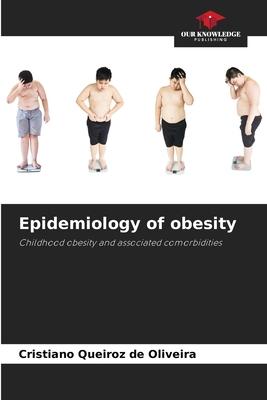In the last two decades, changes in eating habits and sedentary lifestyles have increased the prevalence of overweight and obesity in both developed and developing countries. In Brazil, overweight has been increasing steadily since the 1970s and is currently found in around half of the population. The high prevalence of malnutrition in the past has given way to an increase in overweight and obesity in children and adolescents. In the 1990s, the problem of childhood obesity in the world became alarming and its rapid development in this population made it the biggest public health problem in pediatrics1, with a significant impact on the loss of functional capacity in children and adolescents. Obesity in adolescence is also associated with risk factors for developing cardiovascular disease (CVD) in adulthood. Much of the problem is due to excess abdominal fat, which increases lipolysis at this site, stimulates the mobilization of fatty acids into the portal system, increases the concentration of free fatty acids in the liver and consequently increases the risk of cardiovascular disease.
| FindBook |
|
有 1 項符合
Queiroz de Oliveira的圖書 |
 |
$ 2365 | Epidemiology of obesity
作者:Queiroz de Oliveira 出版社:Our Knowledge Publishing 出版日期:2024-02-28 語言:英文 規格:平裝 / 56頁 / 22.86 x 15.24 x 0.33 cm / 普通級/ 初版  看圖書介紹 看圖書介紹
|
|
|
圖書介紹 - 資料來源:博客來 評分:
圖書名稱:Epidemiology of obesity
|











